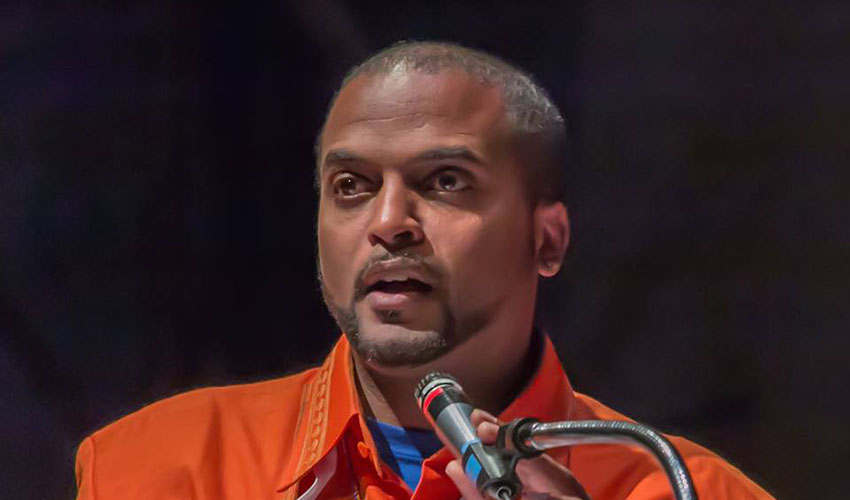Professor to lead re-establishment of American Indian cultural center

Professor and Chair of American Indian Studies Andrew Jolivette will lead the effort to re-establlish the San Francisco American Indian Cultural Center for the Arts.
Nearly 50 years ago, San Francisco's American Indian Center burned to the ground, an event that triggered a months-long occupation of Alcatraz Island aimed at converting the site into a replacement facility. That never came to pass, but a San Francisco State University professor is now leading the effort to finally build a new cultural center for the Bay Area's Native American population.
Andrew Jolivette, professor and chair of the Department of American Indian Studies, will head up a committee of community leaders working to re-establish the San Francisco American Indian Cultural Center for the Arts. The committee received a $50,000 planning grant from the San Francisco Arts Commission to begin its work, including forming a nonprofit, and Jolivette will serve as principal investigator.
"More than 70 percent of the American Indian community lives in urban areas," said Jolivette, who estimates there are around 50,000 Native Americans in the San Francisco Bay Area. "It's vital to have a central space for community members to come together and, intergenerationally, cultivate leadership."
The center will offer cultural programming including classes, workshops and other events. The planning committee will spend its first year assessing needs, looking at potential sites in San Francisco and developing a donor base in advance of launching a capital campaign.
The facility will be the first true arts and culture center for the Bay Area's Native American community, Jolivette said, a critically important move as the tech boom and associated housing costs drive more and more underrepresented people out of the region.
"These kinds of facilities allow those who remain to find community, to feel supported, to network and to address social issues, from homelessness to educational awareness to language preservation," he said. He envisions a space where the community can merge art and technology — for example, by establishing an oral history program — in ways that benefit not just Native Americans but also those who want to learn about Native American communities.
In keeping with the department's tradition of community engagement, SF State American Indian Studies students and faculty are expected to be deeply involved in the creation of the center.
"This is a really great opportunity for SF State to play a leadership role in this effort and to be an ongoing partner in the development of this center that people have been waiting 50 years for," Jolivette said.
To learn more about SF State's Department of American Indian Studies, visit sfsuais.sfsu.edu.


